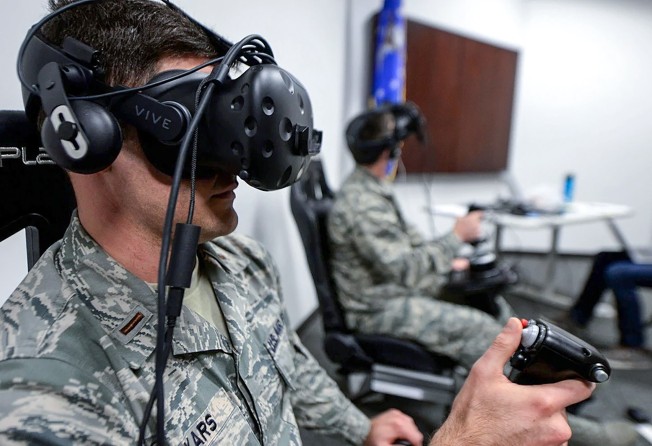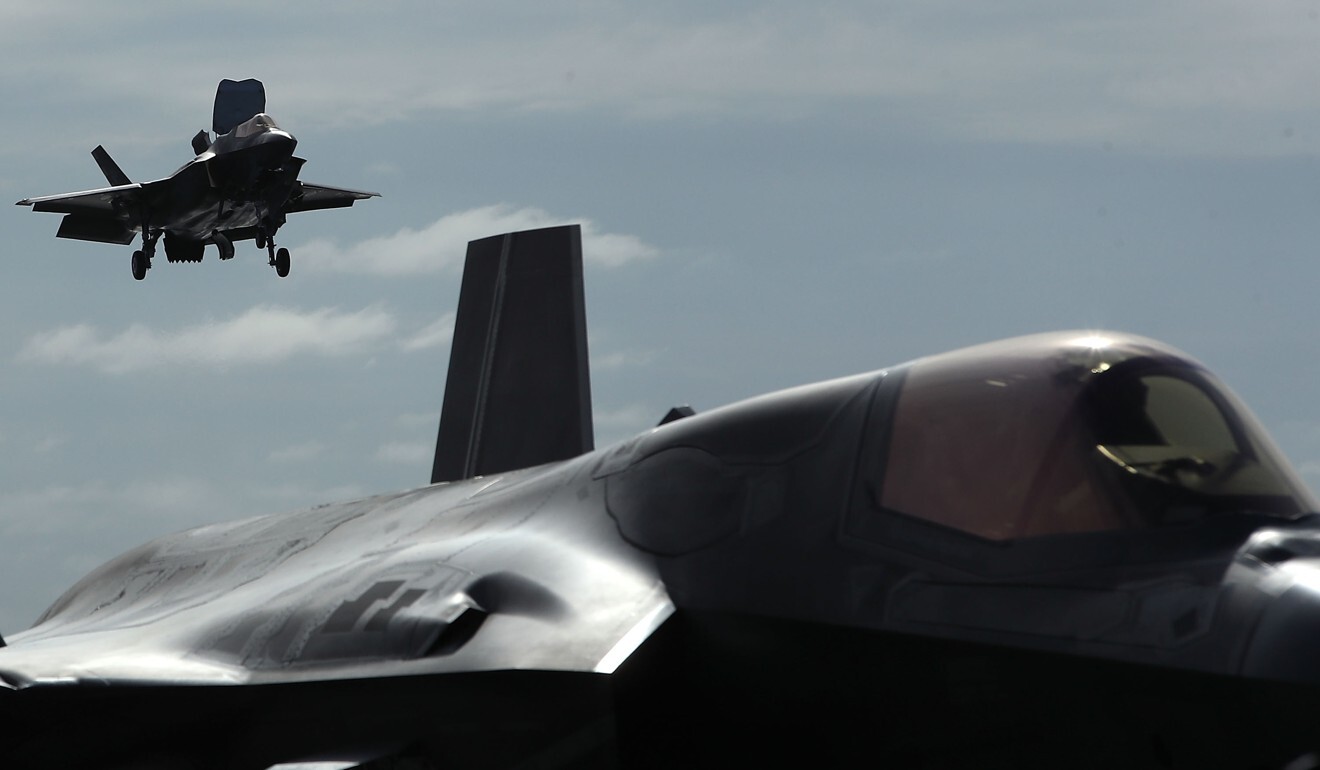
02:31
The growth of Chinese military power over the past four decades

When the final dogfight was over, there was no argument who won.
The competition pitted a newcomer against one of the US Air Force’s top pilots in a simulated battle for air superiority in the AlphaDogfight Trials in the United States earlier this month.
After making it through the three rounds of qualifiers, the contender took on and convincingly rounded the veteran.
But there was no slap on the back for the victor – the winner was an artificial intelligence algorithm.
In a 5-0 sweep, the AI “pilot” created by the Maryland-based defence contractor Heron Systems beat a National Guard pilot and recent Air Force Weapons School Instructor Course graduate with over 2,000 hours of experience flying F-16s, according to Air Force Magazine.
But does this make AI a better pilot? Not so fast, say military analysts.

02:31
The growth of Chinese military power over the past four decades
The AlphaDogfight Trials are designed to “demonstrate the feasibility of developing effective, intelligent autonomous agents capable of defeating adversary aircraft in a dogfight”, according to a key sponsor, the Advanced Research Project Agency (Darpa).
Darpa is an agency of the US Department of Defence responsible for the development of emerging technologies for use by the military.
The competition included multiple contractors and pitted their AI contenders against each other in simulated Lockheed Martin F-16 Fighting Falcons for the right to compete against nicknamed “Banger”, according to various reports.
Despite the loss for the human pilot, military analysts in the US and China said the result did not mean that AI could defeat or even replace a human in real-life combat.
Hong Kong-based military commentator Song Zhongping said AI technology had been used in many countries for virtual reality (VR) training, but such technology was still unable to deal with unpredictable battle scenarios.
“Existing AI technology is still far away from real combat applications because its reaction is merely based on using big data technology and cloud computing to simulate scenarios through algorithm optimisation,” Song, now a commentator on Hong Kong-based Phoenix Television, said.
“For example, would the AI pilot still win if it was not an F-16 but a stealth fighter jet like the F-22 or F-35 taking part in the AlphaDogfight Trials contest? I don’t think so.”
Song said many experiments had proven that AI failed to make unique observe-orient-decide-act decisions, an important step in dogfight strategy that was developed by John Boyd, an influential American military strategist and a former pilot.
Commenting on the competition, Vincent “Jello” Aiello, a former US Navy pilot, told Forbes magazine that humans “excel in one important area when facing off against AI”.
“[Human pilots] know how to handle the type of uncertainty found in today’s combat engagements,” the magazine quoted him as saying. “Combat does not occur in sterile, static environments. It occurs in 3D, in real-time, where weather, your adversary, and a whole host of other factors come into play.”

Zhou Chenming, a researcher from the Yuan Wang, a Beijing-based military science and technology institute, agreed. “Actual air combat is unpredictable and there are not any rules in a dogfight … only human beings have the basic instinct to react with an innovative and diverse response.
“It’s still a long way, maybe dozens of years, before AI technology can be applied to real combat battlefields.”
But AI technology could make decisions in microseconds, far faster than its human counterpart, a fact that may have contributed to the victory in the competition, Zhou said..
The US Air Force said it started testing the use of AI and VR last year to help its pilots learn faster and improve retention.
A Beijing-based military insider said that in 2017 VR technology became a wider trend in China’s People’s Liberation Army pilot cadet training. VR helps the military increase accuracy and rigour and reduce training costs.
In 2014, Chinese pilot cadets were photographed by the PLA Air Force wearing VR headsets and using civilian Saitek X52 video game joysticks in simulated flying exercises.